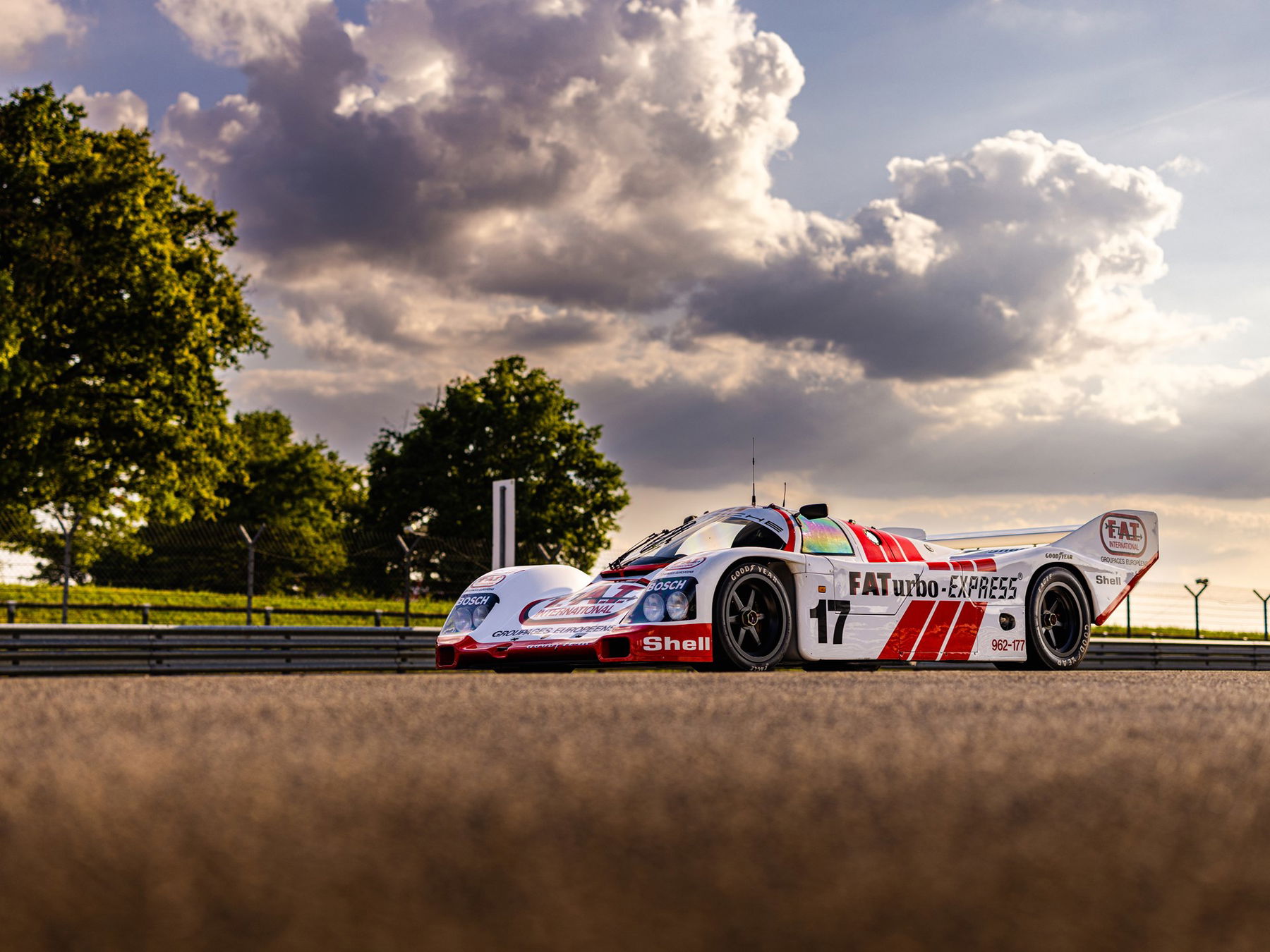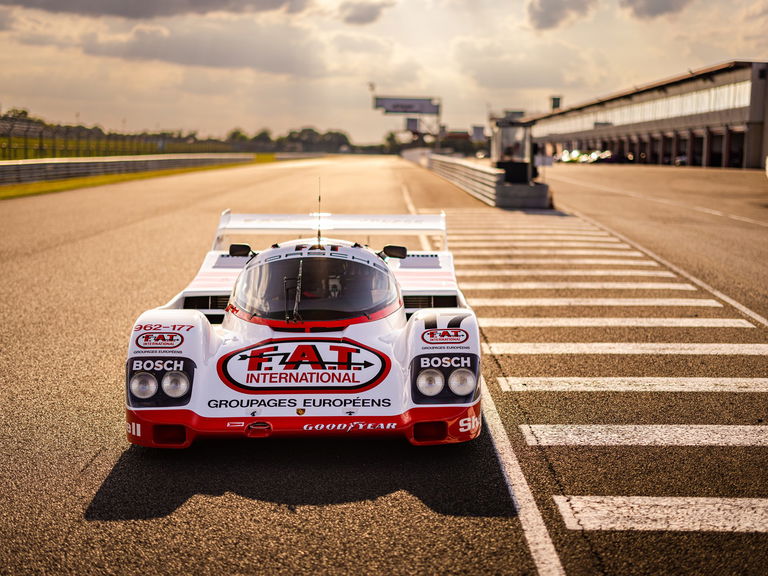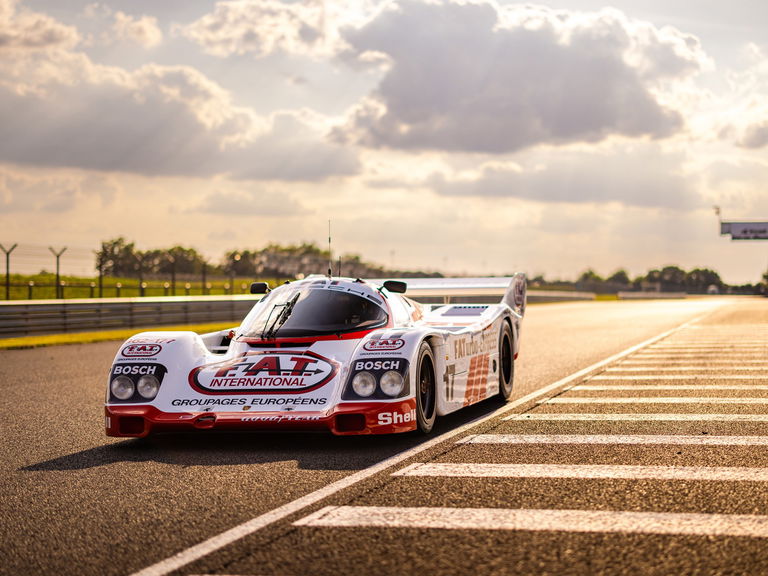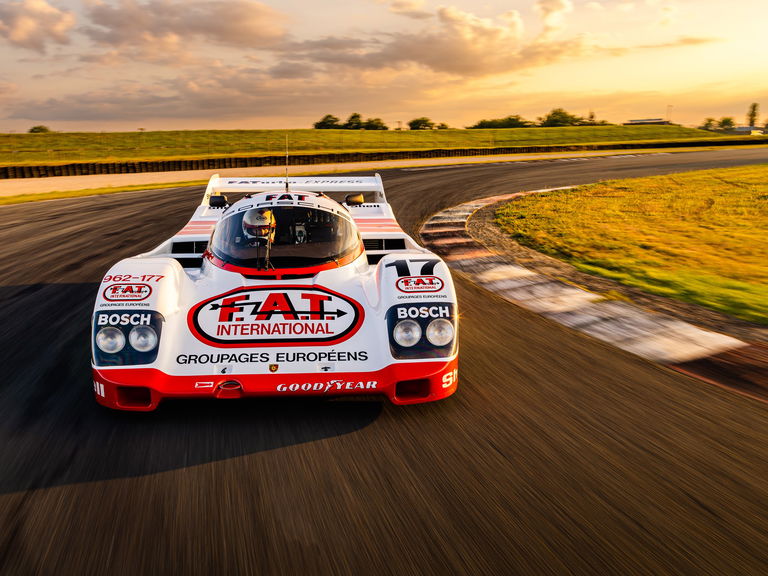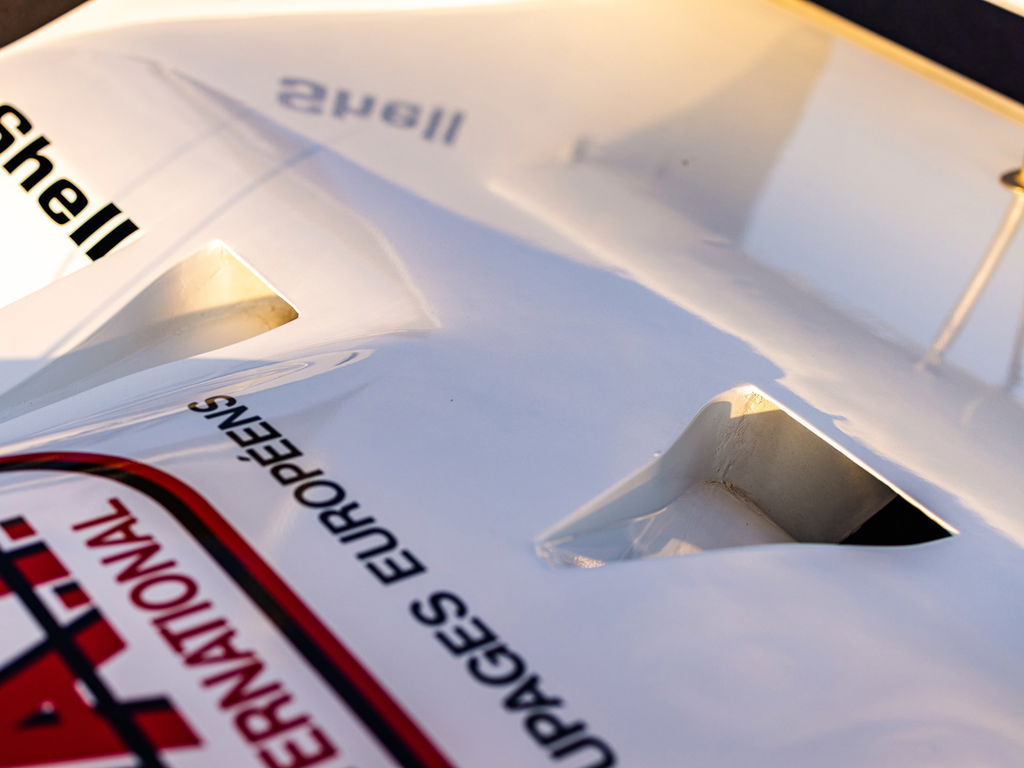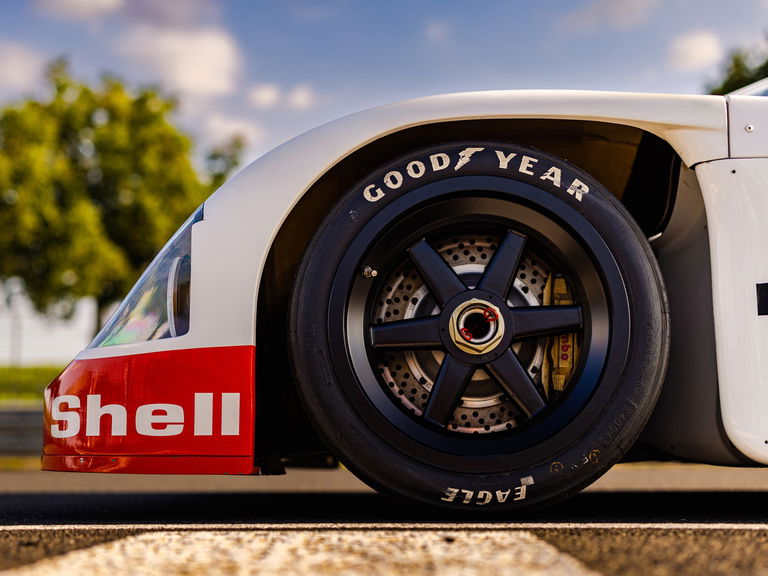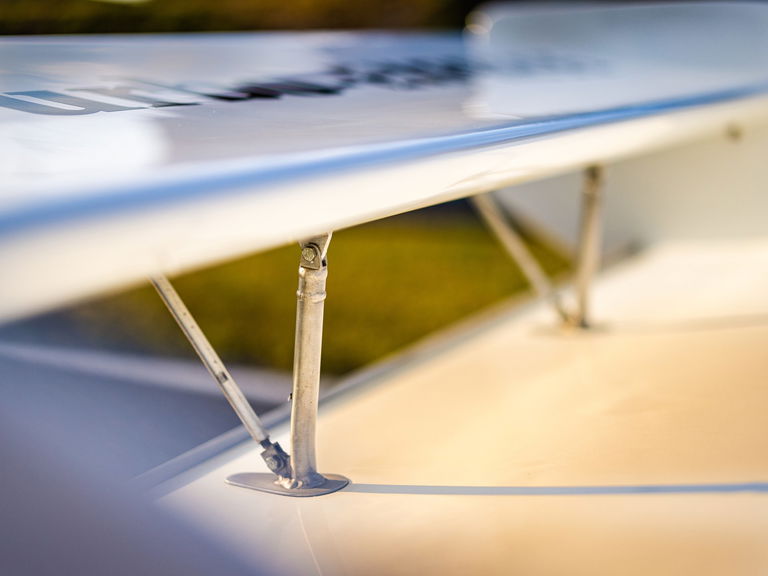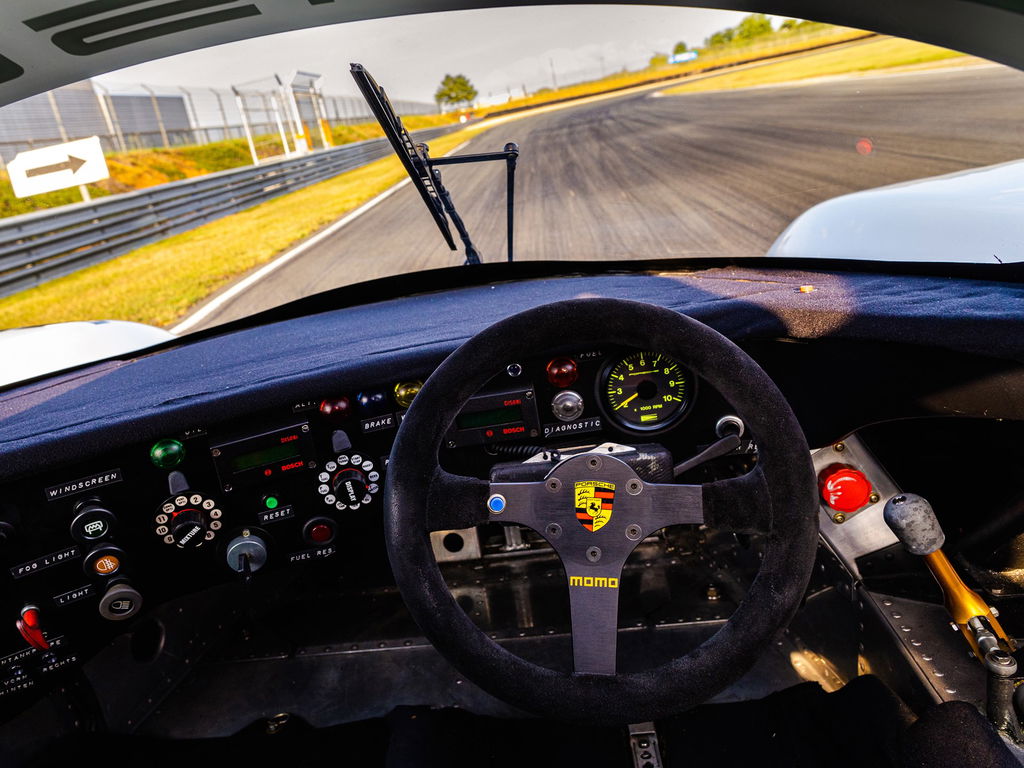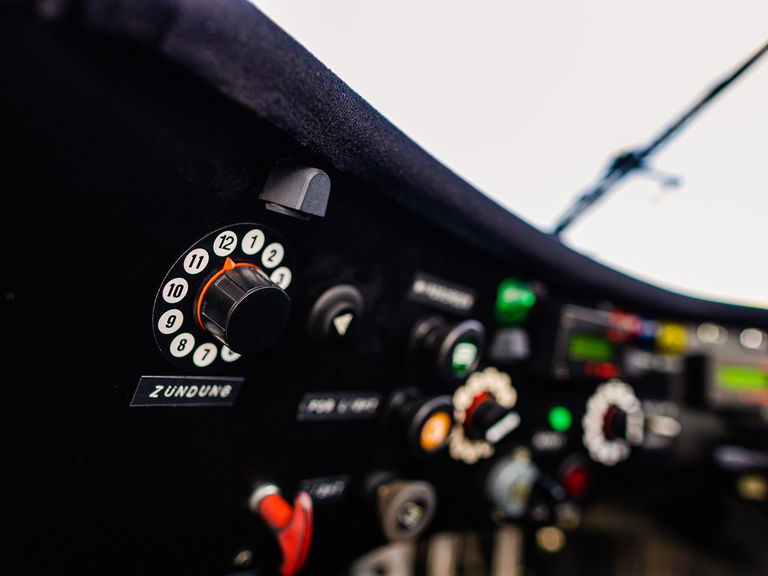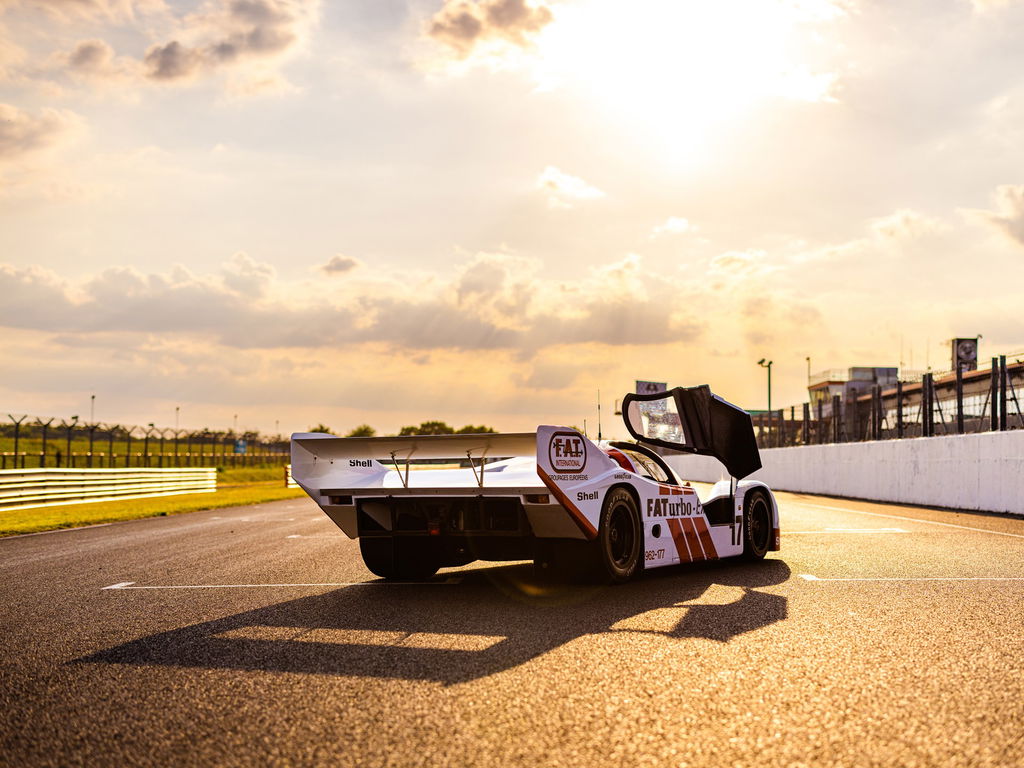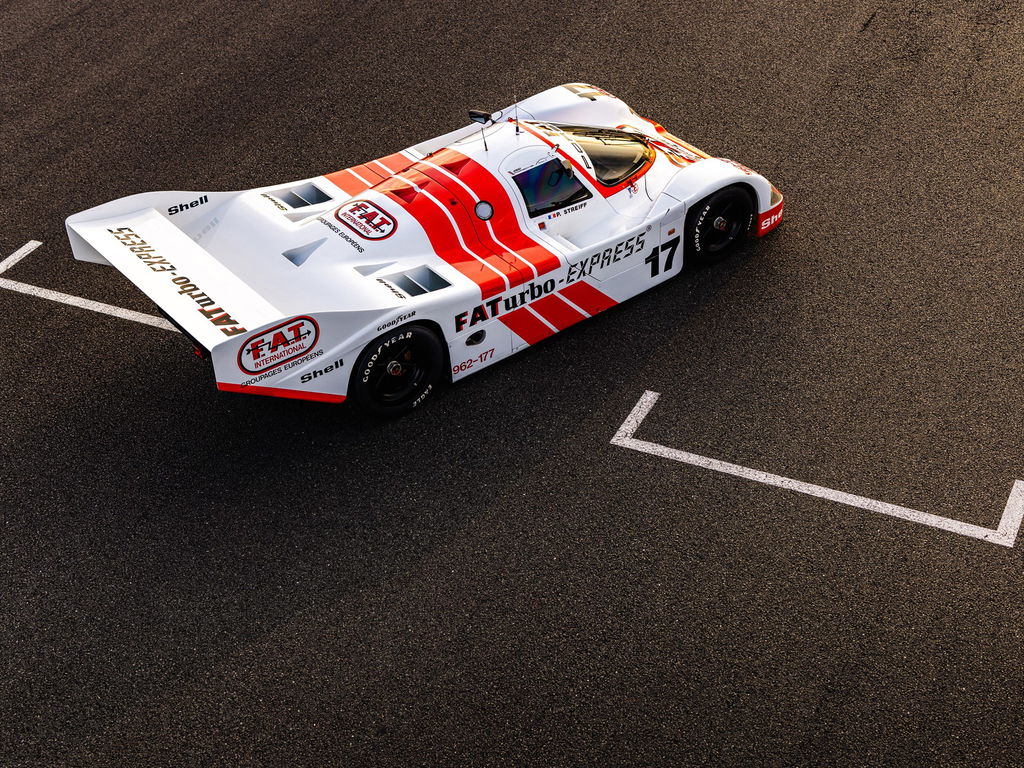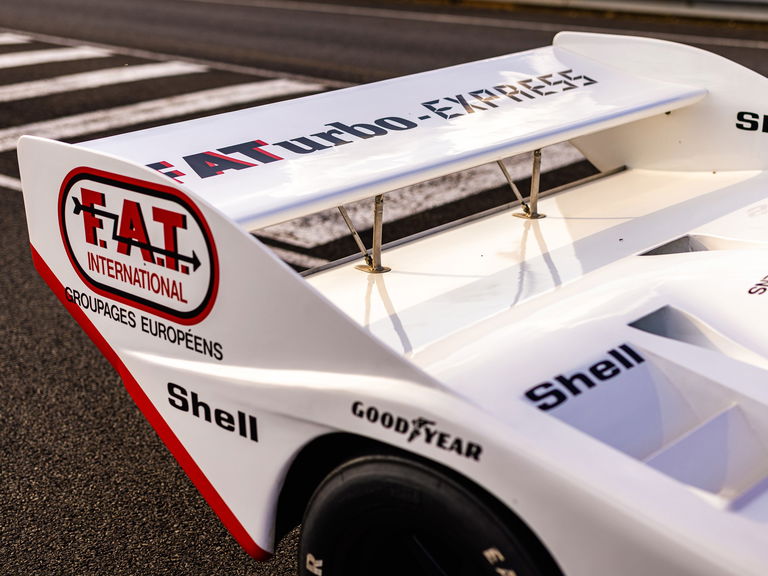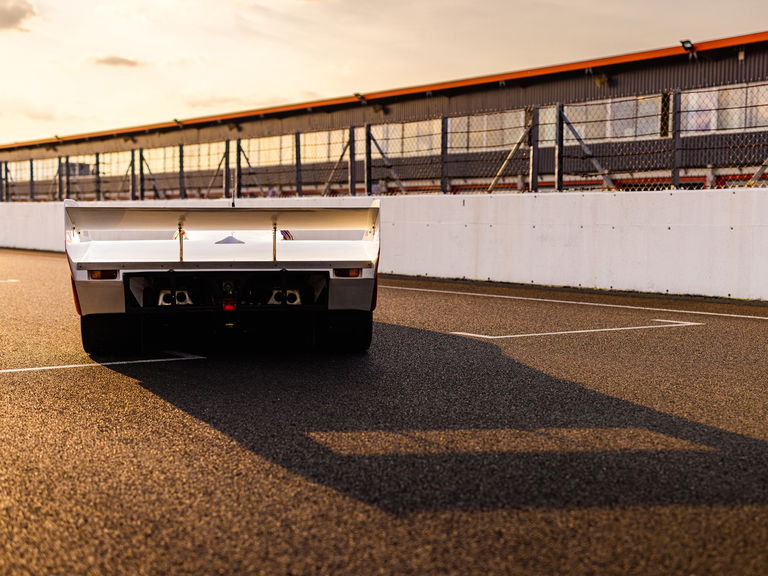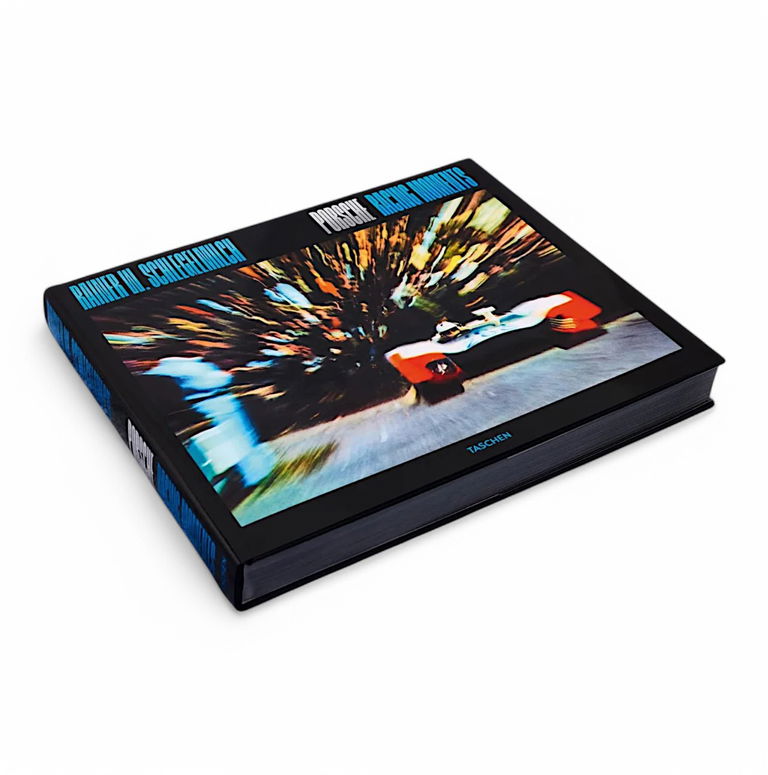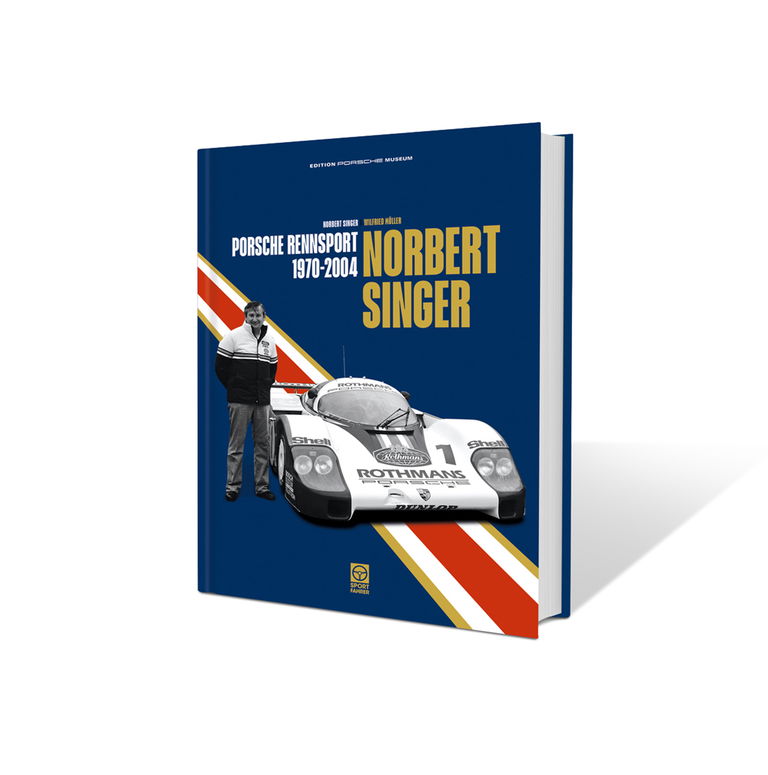Few cars define their era in the same way as the legendary Porsche 956 and 962 sports-prototypes. They formed the mainstay of top-level sports car racing throughout the 1980s, winning the 24 Hours of Le Mans six years in a row and dominating the World Endurance Championship between 1982 and 1986.
The 956 was introduced first, in 1982, and found immediate success in Group C racing, but it wasn’t eligible for the high-profile North American IMSA series because it failed to comply with the safety regulations. Porsche therefore developed the 962—in effect, a 956 with an extended wheelbase in order to place the driver’s feet behind the front-axle line.
The 962 made its debut at the 24 Hours of Daytona in February 1984 in the hands of Italian-American hero Mario Andretti and his son Michael. It would go on to win the IMSA GTP Championship three years in a row from 1985 and, following an extensive programme of aerodynamic development, was adapted for Group C racing as the 962 C.
While the Porsche factory team scored numerous wins with its own cars, it was backed up by a select group of highly professional privateer teams. Among the most successful of those was Brun Motorsport, which had been founded in 1983 by Swiss racer Walter Brun and soon established itself as a front-runner with both the 956 and 962. In 1986, victories in the World Endurance Championship rounds at Jerez and Spa-Francorchamps helped Brun Motorsport to secure the Teams’ title ahead of the works Jaguar and Porsche squads.
Such was the inherent quality of the 962 that it remained competitive well into the 1990s, and chassis number 962-177 was supplied to Brun Motorsport as a bare tub in 1991. The Swiss team then built it up into a complete car in time for it to compete in the 24 Hours of Le Mans on 22-23 June.
Driven by Walter Brun himself, along with team stalwarts Jésus Pareja and Oscar Larrauri, chassis 962-177 set the sixth-fastest time during practice for the French endurance classic. With that year’s regulations having reserved the top-10 grid positions for the latest 3.5-litre, normally aspirated generation of cars, the car was forced to start the race from 14th, but it made it to the finish in 10th place overall.
By the time it raced again, in the Nürburgring 430km on 18 August, it had been resprayed from its original Repsol colours into the livery of logistics company FAT International. Pareja and Brun took it to 7th place in Germany, then finished an unclassified 12th at Magny-Cours on 15 September.
The final outing for chassis 962-177 came on 6 October at the Mexico 430km, where the car was once again finished in Repsol colours; Pareja and Massimo Sigala finished 8th. Three years later, in 1994, it was fully restored by another great name among Porsche privateers—Joest Racing—and returned to its evocative FAT International livery. The extensive work is fully documented and included a complete rebuild of its Typ 935/86, twin-turbocharged, 3.2-litre flat-six engine and gearbox.
With all four of its period competition outings being at World Championship level in the hands of Brun Motorsport, chassis 962-177 boasts an impeccable race record. It also holds a special place in marque history as being the very last Porsche-built 962 monocoque—the end of an illustrious and incredibly successful line.
A mechanical recommissioning will be performed by LARBRE Competition, at seller’s charge, following the sale. Details are available on file.
